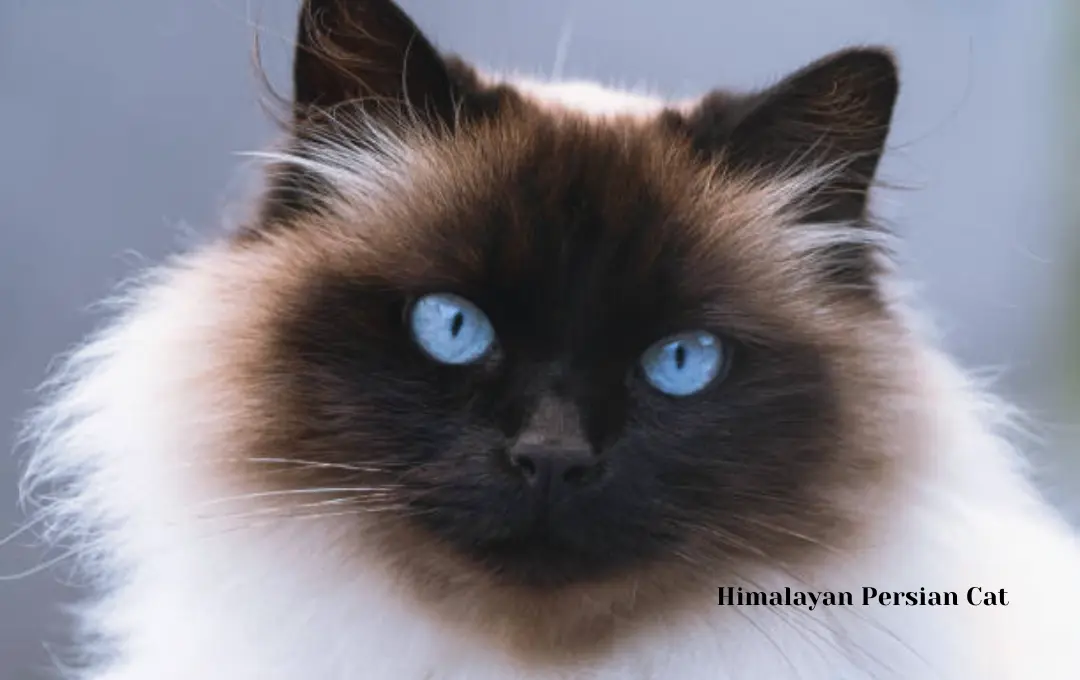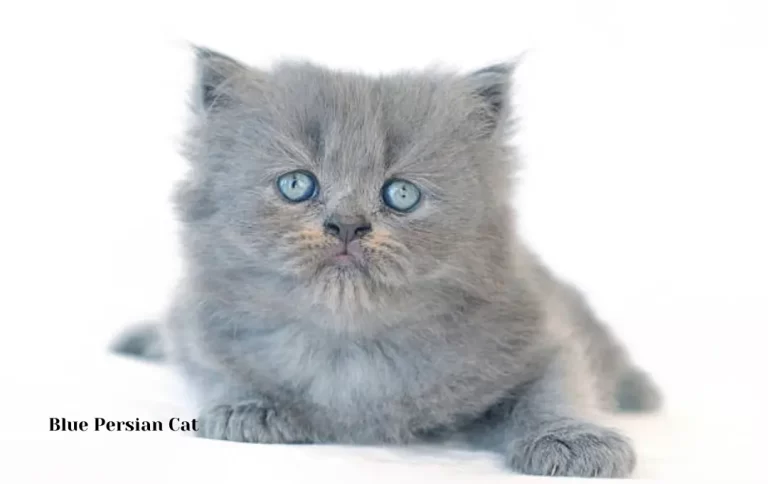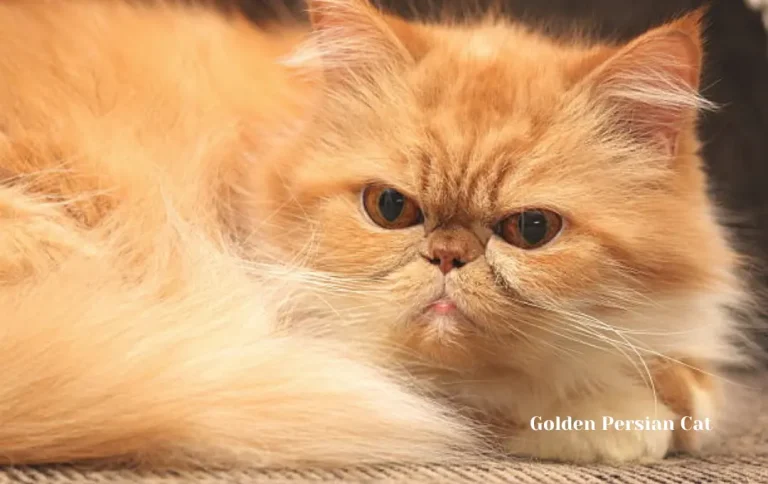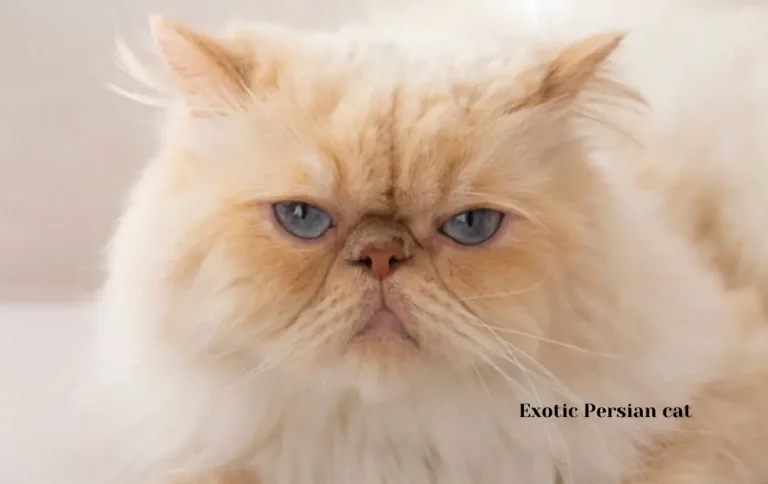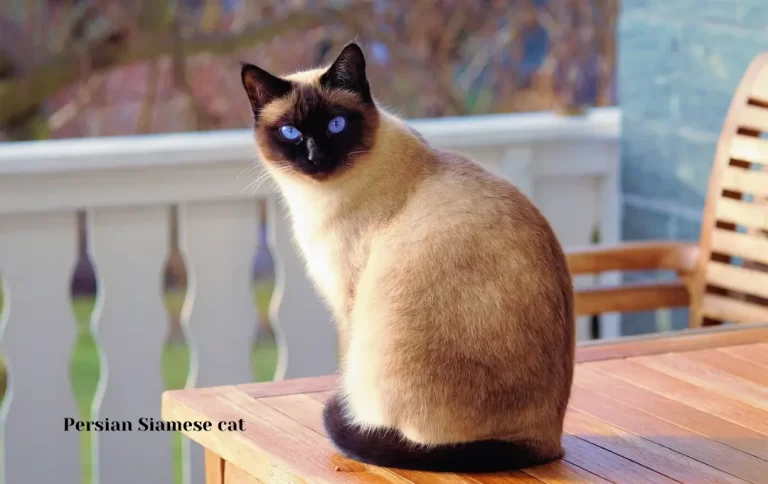Reasonable Himalayan Persian Cat Price | A Complete Price Guide for Himalayan Cats 2023
The Himalayan Persian cat, a breed known for its striking beauty and gentle demeanor, has captured the hearts of cat lovers around the world. With its long, luxurious fur, striking blue eyes, and serene personality, it’s no wonder that these feline companions are in high demand. However, the allure of Himalayan Persians comes at a price, both in terms of monetary cost and the responsibility of owning such a special breed.
In this comprehensive guide, we will explore the factors that influence Himalayan Persian cat prices, helping potential owners make informed decisions about bringing one of these exquisite cats into their lives. We will delve into the breed’s history, characteristics, and care requirements, and discuss why these cats are considered luxury pets.
Understanding the Breed: Himalayan Persian Cats
Himalayan Persian cats, often simply referred to as Himalayans, are a captivating breed known for their striking physical characteristics and gentle personality. Understanding this breed is essential for anyone considering bringing a Himalayan Persian into their home. In this section, we will delve deeper into the history, physical characteristics, and personality of Himalayan Persian cats.
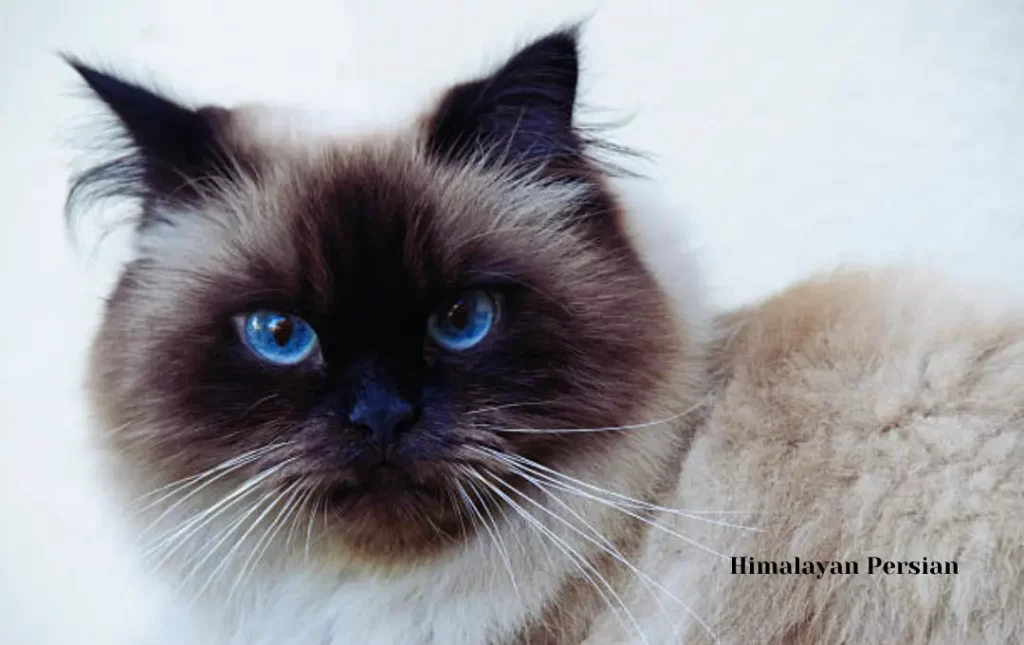
History:
The history of the Himalayan Persian cat begins with a crossbreeding between Persian and Siamese cats. The goal was to create a cat with the elegant beauty of the Persian breed and the striking color points (coloration on the ears, face, paws, and tail) of the Siamese. The result was the Himalayan, a breed that quickly gained popularity for its unique and alluring appearance.
Himalayan Persians were officially recognized as a breed in the 1950s, and they have been beloved by cat enthusiasts ever since. Their name is a nod to the Himalayan mountains, which evoke a sense of elegance and mystique, much like the cats themselves.
Physical Characteristics:
Himalayan Persian cats are instantly recognizable due to their distinctive physical features:
- Coat: The most striking feature of a Himalayan cat is its long, luxurious fur. The fur is dense and silky, requiring regular grooming to maintain its pristine condition. The coat comes in various color points, with the most common being seal point, blue point, chocolate point, and lilac point. The color points are the darker areas on the cat’s ears, face, paws, and tail, in contrast to the lighter body color.
- Body Structure: Himalayan Persians have a medium to large, well-proportioned body with a rounded head and a short, flat nose. They have striking blue almond-shaped eyes that add to their overall charm.
- Ears and Tail: Their ears are small and rounded, complementing the shape of their head. The tail is bushy and flows gracefully.
- Size: These cats are medium to large in size, with males typically being larger than females.
Personality:
One of the most endearing qualities of Himalayan Persian cats is their gentle and affectionate personality. They are known for their sweet and calm disposition, making them ideal companions for those seeking a loving and peaceful feline friend. Here are some key aspects of their temperament:
- Affectionate: Himalayan Persians are often described as “lap cats” because they enjoy being close to their human companions. They seek attention, affection, and human interaction.
- Sociable: These cats are generally good with children and other pets, which makes them great for families. They thrive on human company and enjoy being part of a household.
- Calm and Laid-Back: Himalayan Persians are not typically known for their high energy levels. They prefer a more relaxed environment and are content with gentle playtime and lounging.
- Quiet and Soft-Spoken: Their vocalizations are usually soft and melodious, in contrast to the loud, insistent meows of some other breeds.
- Adaptable: Himalayan Persians can adapt to different living situations, whether it’s an apartment or a larger home, as long as they receive the attention and care they need.
- Emotionally Sensitive: These cats are sensitive to their owner’s moods and will often respond with comfort and companionship during moments of stress or sadness.
- Playful and Inquisitive: While they have a laid-back nature, Himalayan Persians enjoy playtime and may show an inquisitive side, exploring their surroundings with curiosity.
It’s important to note that individual cats may have their own unique personalities, and proper socialization and care during their early stages of life play a crucial role in shaping their behavior. Himalayan Persians thrive on love and attention, and their owners are often rewarded with unwavering affection and companionship in return.
In summary, Himalayan Persian cats are a captivating breed with a rich history, striking physical characteristics, and a gentle, loving personality. Their unique appearance and sweet disposition make them highly sought after by cat enthusiasts and those seeking a special feline companion. Understanding their history, physical traits, and temperament is the first step in providing these regal cats with the love and care they deserve.
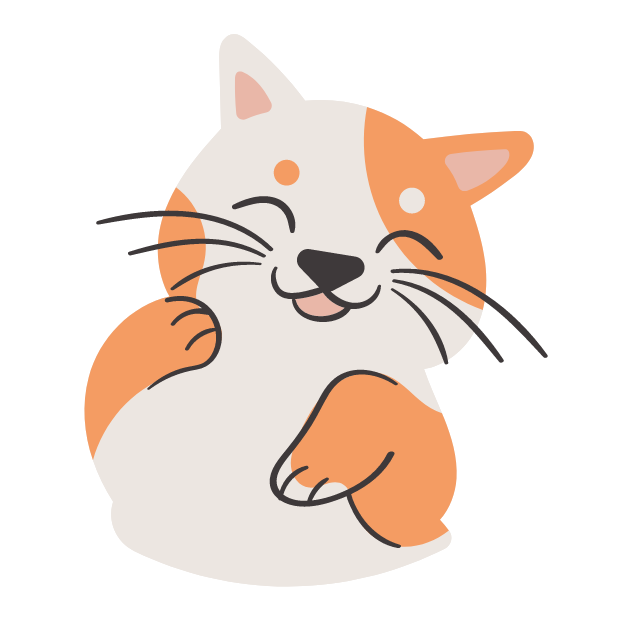
Can Himalayan cats live to 20?
Himalayans generally live for 15 years if they are well cared for.
Factors Influencing Himalayan Persian Cat Prices
Himalayan Persian cat prices can vary significantly based on several factors. It’s important for prospective cat owners to understand these factors when considering the purchase of a Himalayan Persian cat. In this section, we will explore the key elements that influence the pricing of these exquisite felines:
Breeder Reputation:
The reputation and experience of the breeder have a substantial impact on the price of Himalayan Persian cats. Established, reputable breeders who follow ethical breeding practices and prioritize the health and well-being of their cats often charge higher prices. These breeders are more likely to produce kittens with desirable traits and provide a guarantee of good health.
Pedigree and Bloodlines:
The pedigree and bloodline of a Himalayan Persian cat play a significant role in determining its price. Cats with strong pedigrees and prestigious bloodlines, which may include a lineage of champions and other notable accolades, are highly sought after by breed enthusiasts. Such cats can command premium prices, especially if they have a history of excellence in cat shows.
Coat Color and Pattern:
The specific coat color and pattern of a Himalayan Persian cat can affect its price. Rare or unusual color points, such as chocolate or lilac points, are often more expensive than the more common seal and blue points. Additionally, well-defined color points and a well-balanced color distribution can impact the price, as these are highly sought after by breed enthusiasts.
Age:
Kittens are generally more expensive than adult cats. Himalayan Persian kittens are in high demand due to their adorable appearance and the opportunity for new owners to shape their early socialization and care. As cats age, their prices may decrease, making adult cats a more budget-friendly option. However, older cats can come with the advantage of being already trained and socialized.
Show Quality:
Himalayan Persians bred for show quality are typically more expensive. These cats are meticulously groomed, have excellent conformation to breed standards, and often come with breeding and showing rights. As they are intended to represent the breed at cat shows, their prices reflect the care and expertise that go into their breeding.
Health Guarantee and Vaccinations:
Reputable breeders often provide a health guarantee for their kittens, which includes vaccinations and health checks. Himalayan Persian cats with up-to-date vaccinations and a clean bill of health are generally priced higher than cats with an uncertain medical history.
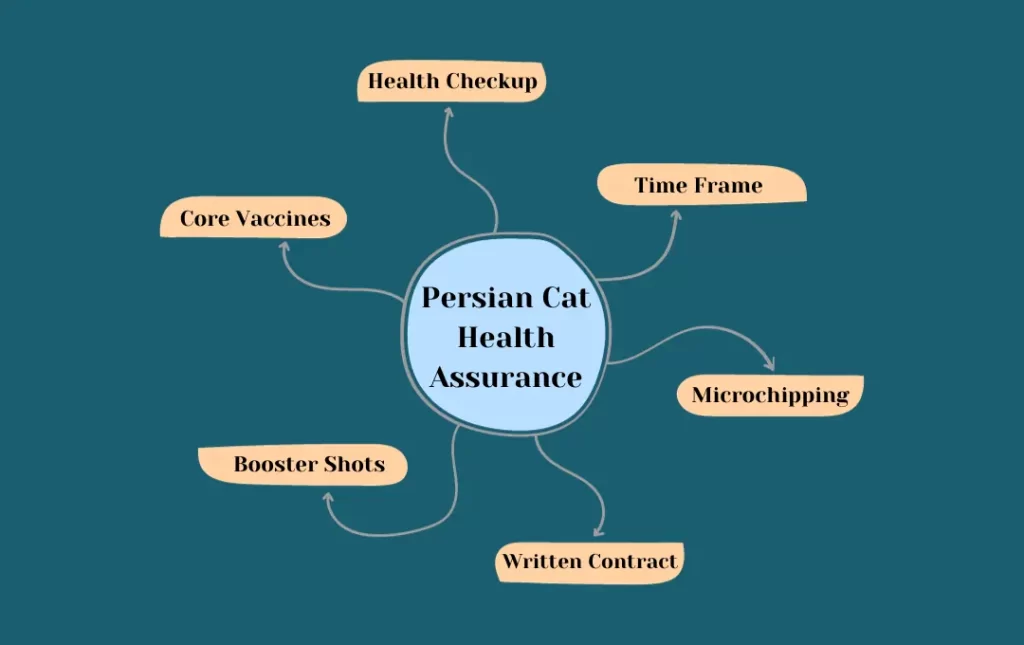
Location:
The geographical location in which you are purchasing a Himalayan Persian cat can also influence the price. In urban areas with a high cost of living and strong demand for luxury pets, prices may be higher. In contrast, prices may be lower in regions with a lower cost of living or lower demand for purebred cats.
Inclusions:
Some breeders may include extras in the purchase price, such as a starter kit with food, litter, toys, or even the cost of spaying/neutering the cat. These inclusions can add value to the purchase and may influence the price.
Gender:
In some cases, gender can affect the price. Some breeders may price males or females differently based on their own preferences or the buyer’s choice. However, this is not a standard practice, and pricing typically depends on other factors like the ones mentioned above.
Market Demand:
The overall demand for Himalayan Persian cats can significantly influence their prices. If there is a high demand for this breed in a particular region or at a specific time, the prices may increase as breeders seek to capitalize on this demand. Conversely, when demand is lower, prices may decrease.
The Himalayan Persian cat price is influenced by a variety of factors, ranging from breeder reputation and pedigree to coat color, age, and location. Potential buyers should carefully consider these factors when making a purchase decision to ensure they are getting a healthy, well-bred cat that meets their specific preferences and requirements. It’s essential to do thorough research and work with a reputable breeder to ensure a positive experience for both the cat and the owner.
Himalayan Persian Cat Price Range
The price range for Himalayan Persian cats can vary significantly based on several factors, including the breeder’s reputation, the cat’s pedigree, coat color, and age. Here is a general price breakdown to give you an idea of the cost you can expect for a Himalayan Persian cat:
Pet Quality: Himalayan Persian kittens that are not intended for breeding or showing purposes typically range from $500 to $1,500. These cats make wonderful companions and are often sold as pets to loving homes.
Show Quality: Cats intended for showing and breeding can cost anywhere from $1,500 to $4,000 or more. Show-quality cats have excellent conformation to breed standards, and well-defined color points, and often come with breeding and showing rights.
It’s important to note that the prices mentioned here are approximate, and actual prices may vary depending on the specific circumstances, such as the breeder’s reputation, location, and the individual cat’s unique qualities. Reputable breeders may charge higher prices due to their commitment to ethical breeding practices and the well-being of their cats.
Why Are Himalayan Persian Cats Considered a Luxury Pet?
Himalayan Persian cats are often considered luxury pets for several reasons, which are rooted in their unique qualities and characteristics. These factors contribute to their reputation as luxury feline companions:
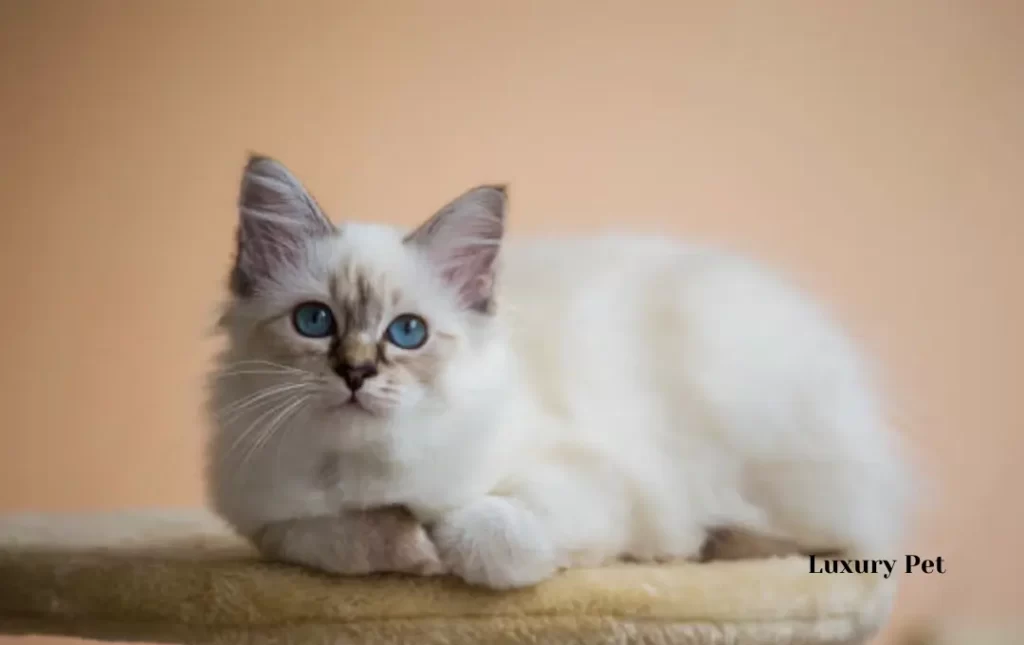
Rare and Exquisite Appearance: Himalayan Persians have a striking and unique appearance characterized by their color points (darker ears, face, paws, and tail) and long, luxurious fur. Their coat comes in various colors and patterns, making them visually captivating and rare in the world of cat breeds. Their physical beauty is often likened to that of royalty, which adds to their luxury status.
Gentle and Affectionate Nature: Himalayan Persians are renowned for their gentle and affectionate personalities. They are known for their sweet and calm disposition, making them ideal lap cats that enjoy being close to their human companions. Their loving nature adds to their appeal as luxury pets, as they provide emotional comfort and companionship.
Elegant Demeanor: The breed’s elegant and poised demeanor, combined with its regal appearance, gives the impression of a cat that is not just a pet but a companion with aristocratic qualities. Their gentle and graceful movements add to their overall sense of elegance.
Specialized Care: Himalayan Persians have long, luxurious fur that requires special grooming and care. The grooming needs of this breed can be time-consuming and may involve professional grooming services. The commitment to maintaining their appearance and health is often seen as a luxury endeavor.
Pedigree and Bloodlines: The pursuit of purebred Himalayan Persian cats with prestigious pedigrees and show-quality traits can involve higher costs. Cats with strong lineage and show accolades are often highly sought after by breed enthusiasts, contributing to their luxury status.
Limited Availability: Breeders of Himalayan Persians often have limited litters, and the demand for these cats far exceeds the supply. This rarity can drive up prices and further solidify their status as luxury pets. The exclusivity of owning a Himalayan Persian adds to their appeal.
Show Quality: Himalayan Persians breed for show quality are meticulously groomed, have excellent conformation to breed standards, and often come with breeding and showing rights. The attention to detail and the pursuit of perfection in show-quality cats can make them more expensive.
Exceptional Temperament: Their gentle and laid-back nature makes Himalayan Persians excellent companions for individuals or families seeking a loving and peaceful feline friend. Their temperament aligns with the idea of luxury pets that offer comfort and tranquility. Himalayan Persian cats are considered luxury pets due to their striking appearance, affectionate nature, specialized care requirements, prestigious bloodlines, limited availability, and the overall sense of elegance and refinement they bring to their owners’ lives. While the initial purchase price may be relatively high, the rewards of sharing your life with such an exquisite and loving companion are often considered priceless by those who choose to make these cats a part of their family.
Frequently Asked Questions
Conclusion
Himalayan Persian cats are undeniably captivating, with their striking appearance and gentle temperament. The factors influencing their prices are multifaceted, ranging from breeder reputation to coat color, and from pedigree to health guarantees. The appeal of these cats as luxury pets lies in their uniqueness, elegance, and the specialized care they require.
Before bringing a Himalayan Persian cat into your home, it’s essential to research and find a reputable breeder who prioritizes the well-being of the cats and adheres to ethical breeding practices. Additionally, prospective owners should be prepared for the long-term costs of grooming, veterinary care, and other expenses that come with caring for this special breed.

